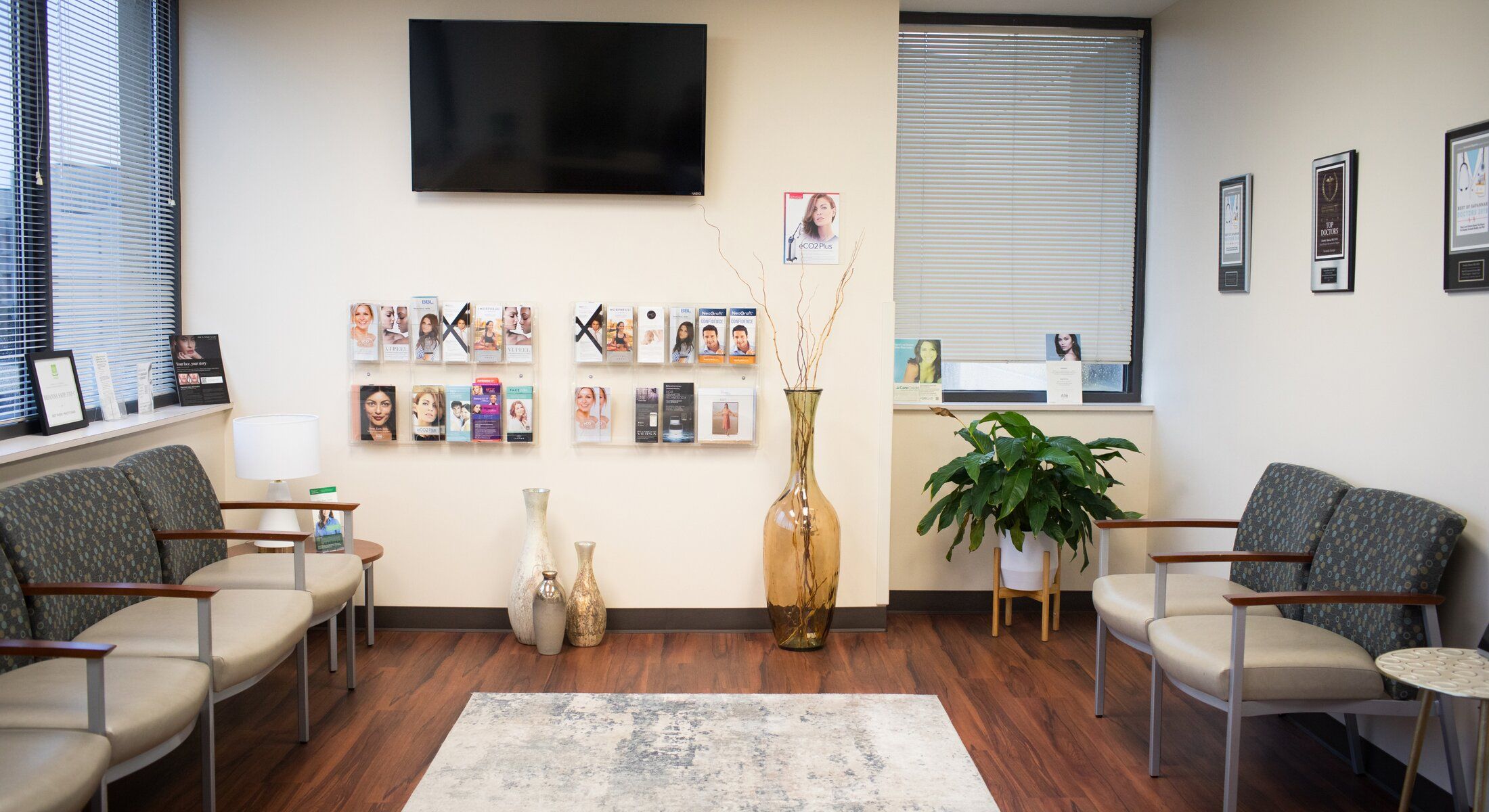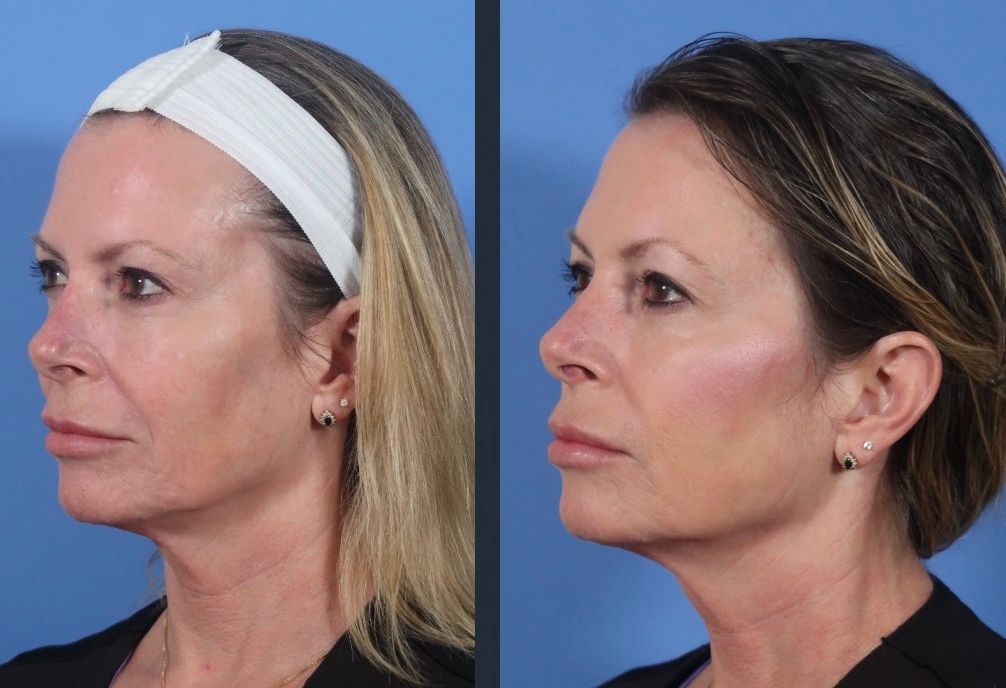Andrea Goto bears witness to a nonsurgical face and neck lift.
“Get it right, get it tight”—the unsavory lyrics to “Ms. New Booty” play over and over in my head as I drive to Savannah Facial Plastic Surgery where I’m about to witness a cosmetic procedure using FaceTite, the newest tech that offers a minimally-invasive facelift.
Thankfully, the earworm dies by the time I enter the waiting room and greet my friend and FaceTite recipient, Jane. In her fifties, Jane is an enviable beauty. She’s tall, thin and British. (It’s like she won the lottery.)
But all-things considered, Jane—like many of us giving way to the pull of gravity—is interested in achieving a “permanent, more youthful look.” Sure, there are awesomely effective temporary fixes and fluffers like filler and Botox, but upkeep can be daunting and expensive. FaceTite is the newest procedure on the market that promises to change that, offering surgical results without the downtime and discomfort.
Oh really?
Dr. Tim Minton, who has recently introduced FaceTite to his practice, is doing Jane’s procedure. He shows me an incredible before and after picture (taken just days apart) of a woman who underwent the procedure and her skin looks taught and plump and not at all weird. It was pain free, scar free, the results were almost immediate, she looks like a million bucks and now speaks with a British accent. Okay, the last part is a lie, but is all the former stuff really truthful? I’m not a skeptic by nature, but this seems too good to be true.
Jane will tell me. The British don’t lie. Neither do friends.
Jane is pretty relaxed going into the procedure, but she accepts the Pro-Nox (a self-administered mix of oxygen and nitrous oxide) to keep her chill. Dr. Minton begins by using a needle to numb around the “access points”—the areas below the ears and at the center of the chin line where three small incisions will be made. This little stinging sensation from the needle is, according to Jane, the most uncomfortable part. Which is pretty incredible considering what happens next.
Dr. Minton inserts a long cannula (a blunt-tip needle) through the access points to get below the skin. Once there, an anesthetic solution combined with saline is deposited. The procedure looks a lot like liposuction—a rod being aggressively shoved under the skin. In short, it looks like it should hurt. Jane assures me with a smile that she feels nothing.
The solution under the skin inflates Jane’s as if she’s having the worst allergic reaction of all time. (Remember Will Smith in “Hitch?” Yeah, like that.) It doesn’t look right. I appears the opposite of right.
Once the solution is injected, Dr. Minton inserts the FaceTite instrument which is made up of a probe that goes under the skin and an attached electrode that is simultaneously pulled across the top of the skin repeatedly to treat the area. The probe under the skin uses radiofrequency to deliver electrothermal energy through the skin directly to the electrode receptor on the surface.
By the time the procedure is over, the swelling has gone down some, but she looks beat up. There’s no bruising or gore—but she definitely doesn’t look like herself and I feel a tinge of concern. Still, she feels nothing.
Jane says the actual worst part is the scuba-looking head sock she must wear for 24-hours and then at night over the next few days to help with swelling. The good news for me is that it looks hilarious.
Here’s where the partial truth gets debunked. Yes, you can physically return to work after the procedure. However, you will look like a swollen freak in a scuba headdress.
Jane continued to send me pictures over the next few days and I can say that even at day 7, I didn’t think she looked like herself. Her face was very full and … different. Of course, I didn’t say this because while friends don’t lie, sometimes they don’t freely offer the truth, either.
About 10 days into recovery, I venture a text, asking how Jane’s doing and if she’s happy with the FaceTite results. She says she “thinks” she’s happy and no one has really said anything about her looking weird, so that’s good. Maybe they’re just being good “friends,” so I ask for photo evidence.
I’m blown away. She’s still recognizable as my beautiful British Jane, but the photo looks like it’s from about 10 years ago, when we first met. There was no pain or bruising and there’s no need to refresh every 3-6 months. According to Dr. Minton, the full results of the procedure will show themselves in about 9 months, which should put Jane at about 30 years old.
Again, I’d hate her if I didn’t love her.




